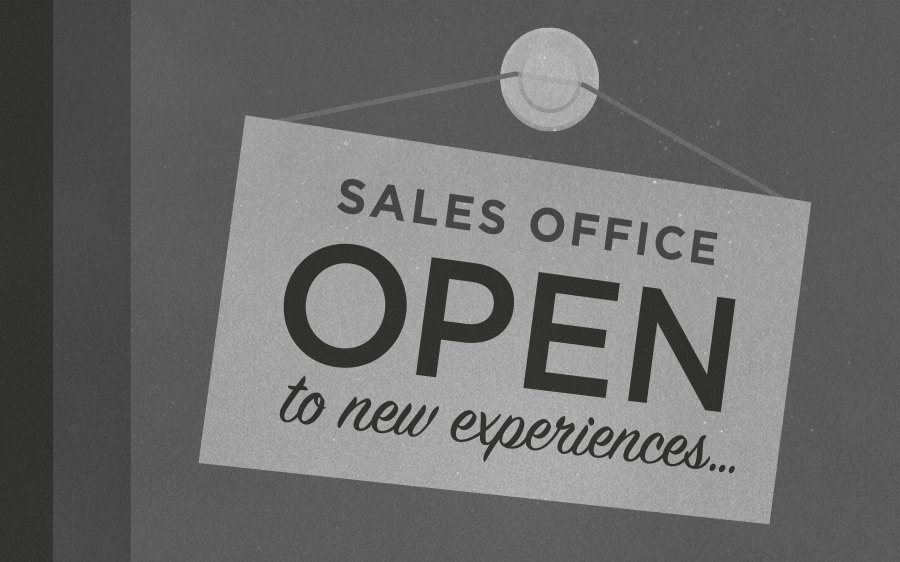
Why sales environments and offline experiences matter
With so much happening online in relation to engagement and marketing, one thing that matters more than ever is the offline experience.
Take property and project marketing for example. While it makes perfect sense for a sales office to showcase the development and fully immerse consumers in the architectural style, interior design and aspiration in the right light, marketers are beginning to scale the experience in new ways. Most consumers will begin their journey online, engaging with renders, lifestyle and design inspired content, and as expected they register their interest which should push them through to the sales office.
Firstly, it’s fair to say location and price will determine a lot, but visiting two or three sales offices or project marketing suites in a day or two will provide the greatest catalyst for the influence marketers plan for. The online experience was relevant and we’ve all come to expect a certain standard from a landing page or website on our range of connected devices, but how is the offline experience going to enhance and sway the journey?
As I write this, I am looking at a print ad in the local weekly review showcasing a renowned chef-driven food and wine event. It’s at a local sales office for an apartment development in Elwood, an inner city bayside suburb of Melbourne. Firstly, the full page ad in print is an invite to a free event – limited numbers mean you’ll need to RSVP. This offline experience has been carefully designed to immerse consumers deeper into their brand experience and reinforce the lifestyle that awaits them on the doorstep of the new apartment building upon completion. ‘This is what your life will feel like’. To do this, the fit-out of the venue must deliver a hybrid atmosphere – the perfect reflection of the product experience and an event space. You’ll notice that I didn’t mention sales office. This strategy reflects the thinking and planning to drive visitation at more engaging times of the week, possibly night time. Most sales offices are designed to be open at peak interest times but if planned right, the ability to provide more opportunities can be realised. A month earlier, at the same venue, another event was held where the interior designers helped buyers and prospects assess their relationship with the fit-out and furniture. Canapés and champagne helped set the tone and complemented the value perception.
Along the same lines, but in a different category, I was recently referred by a colleague to an event for a leading online wine business based in Sydney. This offline experience was located within the great hall of the National Gallery of Victoria, Melbourne. Twenty or so leading wine makers – yes the actual wine makers themselves, and not salesmen – showcased their varietals in an atmosphere that delivered the essence these premium brands deserved. It was all about the environment, the wine and the experience of talking casually with authorities.
The branding for the event owner was deliberately faded into the background. “Meet the makers” was more apt than “Meet the wine sellers”. We met a lot of like-minded people who were all catered for with all the trimmings that made sense for an experience like this. The price of entry could be discounted from any purchase of wine. A few days later I got a call to confirm my order, and received a bonus pack for starting the path to loyalty. What I left with was an experience I can genuinely reminisce about and taste again when I decide to open a bottle made by the people I met.
All of these offline experiences took place in unique environments, not sales offices. While this is on-trend and there’s no rocket science here, there’s some simple logic that people often fail to consider – What will make this experience something a consumer will remember?
The wine makers were authorities. The renowned chef is an authority. So are the interior designers. They are also all involved in the process of developing the product, not simply selling it. They all deliver something your consumers value and can authentically experience and relate to. The key is that the setting requires an experience and unique mood that consumers wouldn’t typically expect. It should invigorate and deliver the key emotive and subtle attributes of your product and vision.
Globally, we’re seeing a lot of these offline experiences taking shape in different forms. In these days of multi channel commerce, retailers are looking to maximise their offline and online experiences in new ways. This is being drawn from insights and behaviours showing that their customers’ habits are not wedded to one way of buying over another. The offline experience as part of the consumer journey is critical.
Sales offices for property marketing are now curated, considered spaces which offer a greater opportunity to deliver richer offline experiences. While your website is live 24/7, it doesn’t mean your sales office or retail space should be closed as often as it is. Don’t get me wrong, it’s not about being open longer hours, it’s about being open at the right times for the right experience. We firmly believe that the time of day dictates the type of experience you should deliver. Create time for the more immersive and richer brand experiences that your customer will reminisce about.
P.S. If you think a sales office is purpose-built for a salesman to work from, feel free to disregard my thoughts here.
